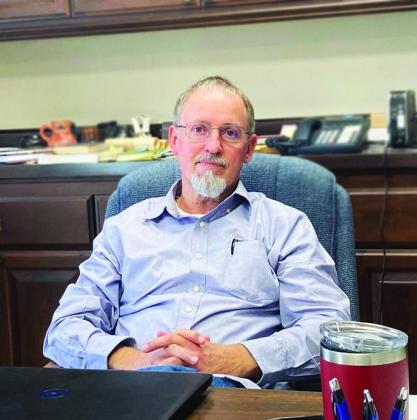By Robert Proctor
The Cuero Record
Editor’s Note: Following is the second story in a potential series on polio. If you or someone you know had polio, you may contact robert@cuerorecord.com or call 361-275-3464 if you’d like to share your story.
Once an unknown and powerful disease, polio has nearly been eradicated across the globe. In 1952, polio hit its peak in the United States with over 21,000 paralytic cases. The last case of polio in the U.S. was in 1979, but before elimination across the country and now the Western Hemisphere, polio struck many, including Cuero’s own Dr. Glenn Robertson, who has served as the senior pastor at First Baptist Church since 1993.
In 1955, when Robertson was 11-months-old, he contracted the paralytic virus in Ponca City, Oklahoma.
“It was probably one of the last polio epidemics that spread around,” Robertson said, referring to when he was diagnosed. “Of course, I don’t remember anything. I’ve seen pictures of me in the polio ward.”
It was a usual Sunday morning for the Robertson family. They went to church, and he was in the nursery. After church, they returned home. While his mom was preparing lunch, Robertson would usually spend his time crawling to their coffee table and pulling himself up. He was unable to on this day, though.
“They could tell I couldn’t raise my right arm up,” Robertson stated. “That indicated to them [his parents] it looks like polio.”
Transmitted from contaminated water and food or contact with an infected person, polio strikes the central part of the vertebrae and affects the nerves. From there, muscles are depleted.
Read the full story in this week's edition of The Cuero Record. Call 361-275-3464 to subscribe today!


